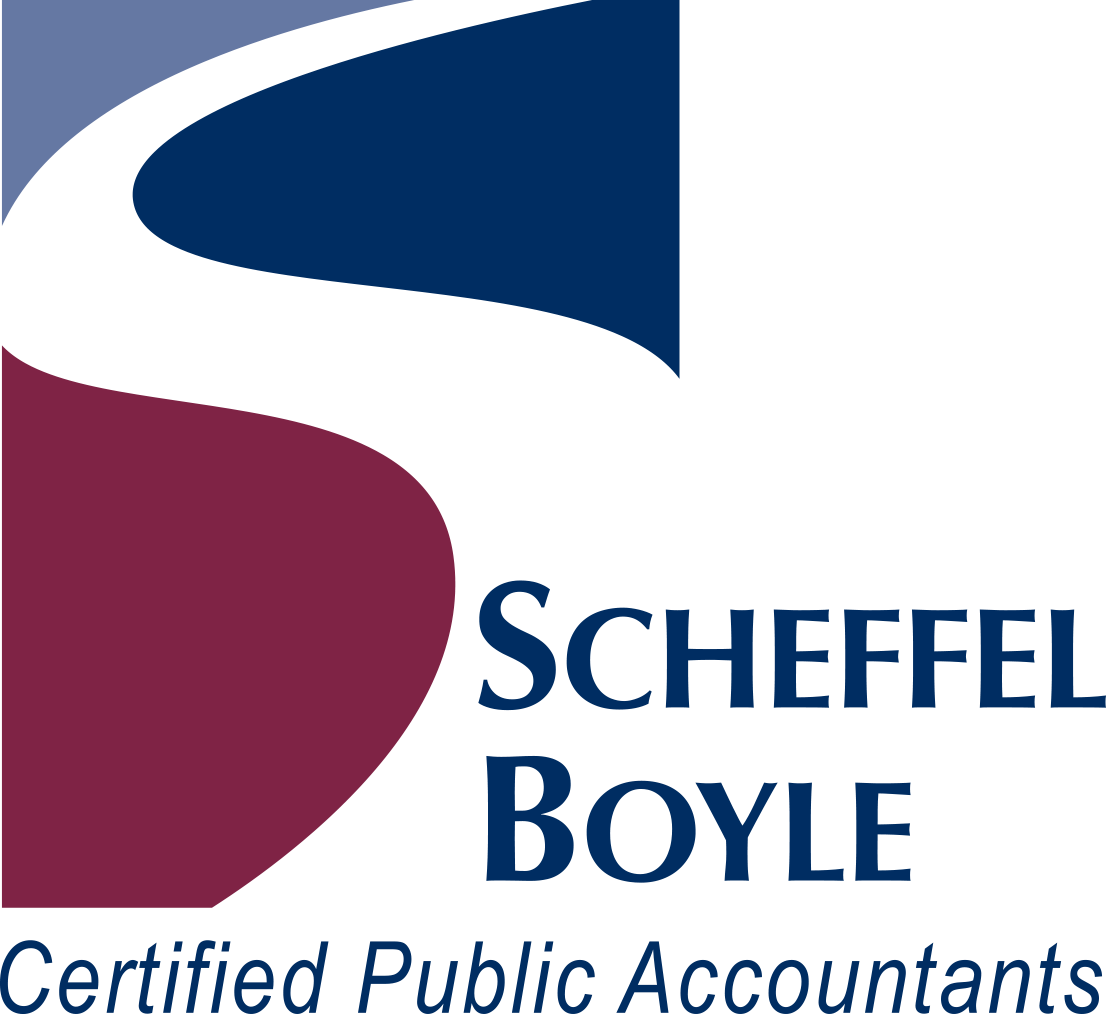Cost Segregation Studies Can Benefit Business Owners
Real vs. Tangible
IRS rules generally allow you to depreciate commercial buildings over 39 years. Most times, you’ll depreciate a building’s structural components (such as walls, windows, HVAC systems, elevators, plumbing and wiring) along with the building, and therefore over its same recovery period. Personal property (such as equipment, machinery, furniture and fixtures) is eligible for accelerated depreciation, usually over five or seven years. And land improvements (fences, outdoor lighting and parking lots, for example) are depreciable over 15 years.
Too often, businesses allocate all or most of a building’s acquisition or construction costs to real property, overlooking opportunities to allocate costs to shorter-lived personal property or land improvements. A cost segregation study combines accounting and engineering techniques to identify building costs that are properly allocable to tangible personal property rather than real property.
Enhanced Breaks
The Tax Cuts and Jobs Act enhanced certain depreciation-related tax breaks, which has in turn renewed interest in cost segregation studies. Among other things, the act permanently increased limits on Section 179 expensing. Sec. 179 allows you to immediately deduct the entire cost of qualifying equipment or other fixed assets up to specified thresholds.
Furthermore, it increased first-year bonus depreciation from 50% to 100% for qualified property acquired and placed in service after September 27, 2017, and before January 1, 2023.
Consider It
Under the right circumstances, a cost segregation study can yield substantial tax benefits. But every business may not need to undertake the time, energy and expense to conduct one. To find out whether a study would be worthwhile for your company, contact us.



